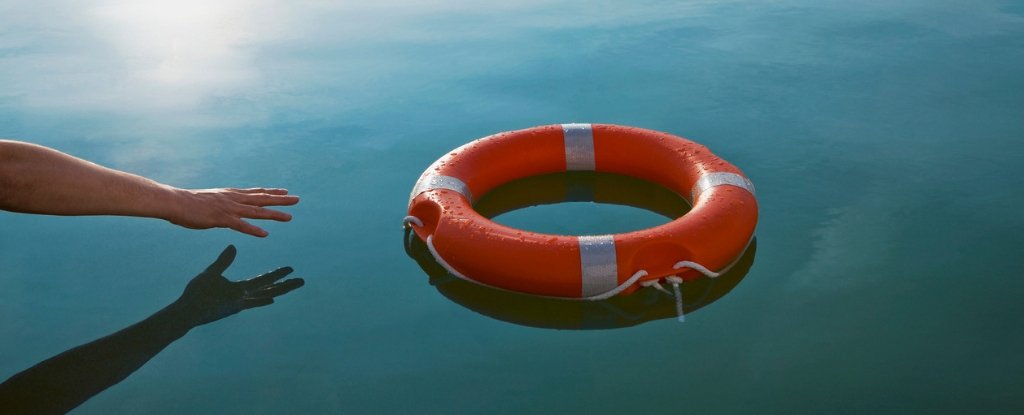
Study Reveals Why Large Groups of Humans Are Hopeless in a Crisis
by CARLY CASSELLAHumans are social animals and that's usually a good thing. But while there might be safety in numbers under some circumstances, new psychological research suggests human connection isn't always a good thing.
As social groups grow larger, in fact, humans may actually respond slower to an emerging crisis.
A new psychological experiment reveals people connected with each other actually evacuated less than those isolated, even when a simulated 'disaster' materialised.
Bringing together 2,480 volunteers, researchers split individuals into 108 teams of various sizes. Their task was simple: decide when you need to evacuate during a disaster scenario.
The thing is, only one person in each group knew the extent of the situation, and the rest had to figure out what was going on by chatting to their neighbours.
While communication helped to reduce needless evacuations, in the end, it also stopped necessary action. Even when someone in the group knew there was an impending 'disaster' (remember, this was simulated), the team itself was less likely to evacuate.
"In a sense, interpersonal communications may decrease actual security in return for collective reassurance," the authors write.
"Although the results of laboratory experiments do not translate directly into the real world, the evidence presented here suggests that formal details of interpersonal communications might place humans at systematic risk when facing a collective danger."
Part of this might have to do with, you guessed it, fake news. Sometimes the facts didn't make their way to all the volunteers, and in the absence of information, psychologists found people started making up rumours.
What's more, if those rumours bore good news, others around them were far more likely to believe it. Throughout the study, safe messages frequently overwhelmed the diffusion of warnings, the authors say, even if those safe messages were actually false in the face of the impending disaster scenario.
"Social networks can function poorly as pathways for inconvenient truths that people would rather ignore," they note.
"This self-enforcing norm of a sense of safety spontaneously emerged in almost all 'disaster' sessions," the authors add, "even though subjects understood the rules of the game and even though this behaviour might seem 'irrational'."
Even in imaginary circumstances, with simulated social and financial costs, people seem to prefer the status quo. Maybe that's because we're too scared to act, or perhaps it's because humans in groups are more optimistic.
"Humans have an evolved psychology when it comes to responding to collective threats to feel anxiety and fear in isolation," the authors write, "but modern communication technology may provide dangerous and false reassurance."
"Although social networks excel at providing social support, they may work poorly as information pathways for inconvenient truths, especially when it matters."
To draw on an old expression, getting large groups of people to respond to a crisis is like herding cats - that is, if those cats are also worried about FOMO, financially dependent on the status quo, and susceptible to the spread of rumours and false information .
During a crisis, psychologists have found people are less likely to take action during an emergency if there are others around them.
Oftentimes, members of a community experience denial, or do not believe the threat is real to them, leaving action until the last moment. Meanwhile, others can accept the threat is real, but feel too hopeless to do anything about it.
The reasons for human behaviour are highly complex, especially in groups, but it doesn't take much to imagine what this widespread inaction looks like in practise.
The global pandemic and the current climate crisis have shown us that reaching consensus in large groups takes a lot of convincing, especially when there's a sharp conflict of views.
Compared to a simulation, however, the stakes for inaction in reality are a lot higher - so it's good to keep this human shortcoming in mind.
The study was published in Proceedings of the Royal Society A: Mathematical, Physical and Engineering Sciences.